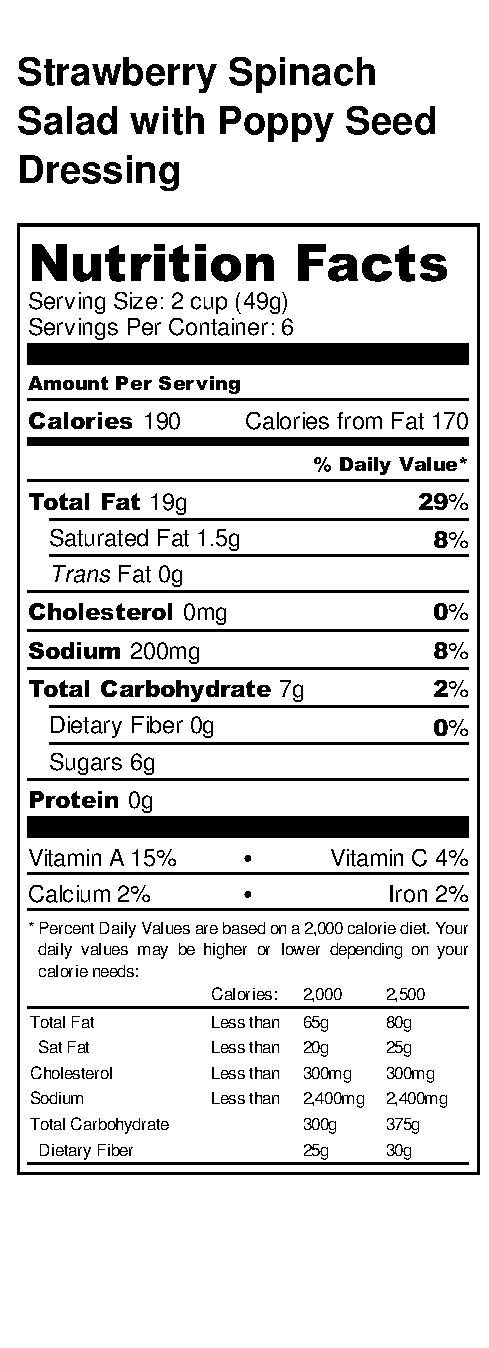There’s nothing like a basket of fresh, juicy strawberries to get you excited for warmer weather this spring. The peak season for strawberries is here! Strawberries are at their best and most plentiful during April through July, making them the perfect summer fruit.
Being in season means that they have the highest nutritional value and tend to be cheaper to buy.
Nutrition
Let’s review some strawberry nutrition facts. One cup of sliced strawberries provides 163 percent of your daily dose of vitamin C (more than a whole orange) and 12 percent Daily Value (DV) of fiber, as well as 9 percent DV of the B vitamin folate, all for a mere 50 calories.
Keeping Strawberries Fresh
Now for a few tips on how to make your berries last as long as possible. Choose strawberries that have a bright red color, a natural shine, and fresh-looking green caps. Since strawberries do not ripen after being picked, pass on berries that are partly white or otherwise unripe. Avoid soft, dull-looking, or shriveled berries. Do not buy berries if their cartons are leaking and wet, a sure sign that unseen fruits will be moldy. It may seem obvious, but strawberries should smell like strawberries. Take a whiff before you buy.
If storing strawberries, they can be stored in the refrigerator for two or three days. First sort through the strawberries and discard any soft, bruised, damaged, or overripe fruit. Without washing, replace the strawberries in their original container or place them on a paper towel-covered plate or pan and cover them lightly with plastic wrap.
Since they are very perishable, strawberries should not be washed until right before eating or using in a recipe. Do not remove their caps and stems until after you have gently washed the berries under cool running water and patted them dry. This will prevent them from absorbing excess water, which can degrade strawberries’ texture and flavor.
Conversions
As a rule of thumb, one pint of fresh strawberries is equal to 2 ½ cups whole, 1 ¾ cups sliced, 1 ¼ cups puréed, or 24 medium or 36 small berries. One quart of strawberries equals approximately 3 ¾ cups whole berries.
Strawberries not only add a vibrant pop of color to any dish, but the flavor (and nutrients) never go unnoticed! Now is the time to try this strawberry salad recipe below.

Written by Vicki Hayman, MS, University of Wyoming Extension Nutrition and Food Safety Educator